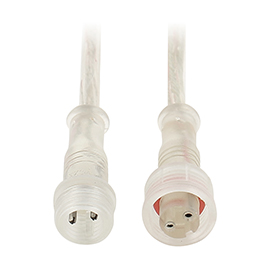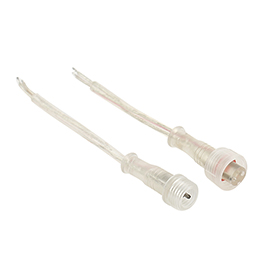News


News

Maintenance & Troubleshooting for Waterproof Low Voltage Cable Connectors: Extending Lifespan and Fixing Failures
Release time:2025-04-01
viewed:262
Waterproof low voltage cable connectors are essential for outdoor lighting, solar systems, and automotive applications. Proper maintenance and quick troubleshooting can prevent costly downtime. This guide covers best practices to extend connector life and resolve common issues like corrosion and water damage.

Why: Dust, salt, and debris degrade seals and corrode contacts.
Steps:
Disconnect power.
Clean exteriors with isopropyl alcohol and a soft brush.
Use contact cleaner (e.g., DeoxIT D5) on pins.
Where:
O-rings/gaskets to maintain flexibility.
Threads to prevent seizing.
Frequency: Reapply every 6–12 months or after heavy rain.
Signs of Wear:
Cracked or hardened seals.
Flattened O-rings.
Action:
Use OEM replacements and lubricate before installation.
Symptoms: Flickering lights, unstable voltage.
Fix:
Clean oxidized pins with a brass brush.
Retighten terminals to spec (e.g., 0.6 N·m for 16 AWG wires).
Symptoms: Tripped breakers, visible moisture.
Fix:
Dry components with compressed air.
Replace damaged seals or housings.
Test resealed connectors underwater for leaks.

Minor Seal Wear: Clean and regrease.
Corroded Contacts: Replace the connector entirely.
Cracked Housing: Full replacement required.
Must-Haves:
Dielectric grease , Contact cleaner , Multimeter
Advanced Tools:
Thermal camera (for overheating detection)
Proactive maintenance—cleaning, greasing, and timely replacements—can prevent 80% of waterproof connector failures. When issues arise, swift action ensures systems stay safe and efficient.